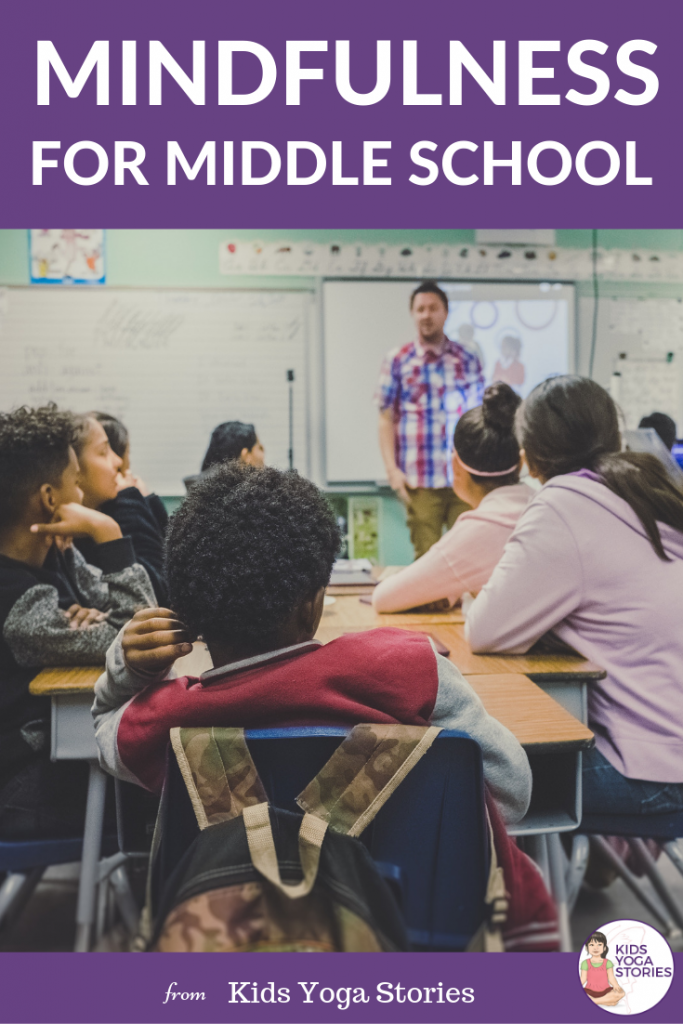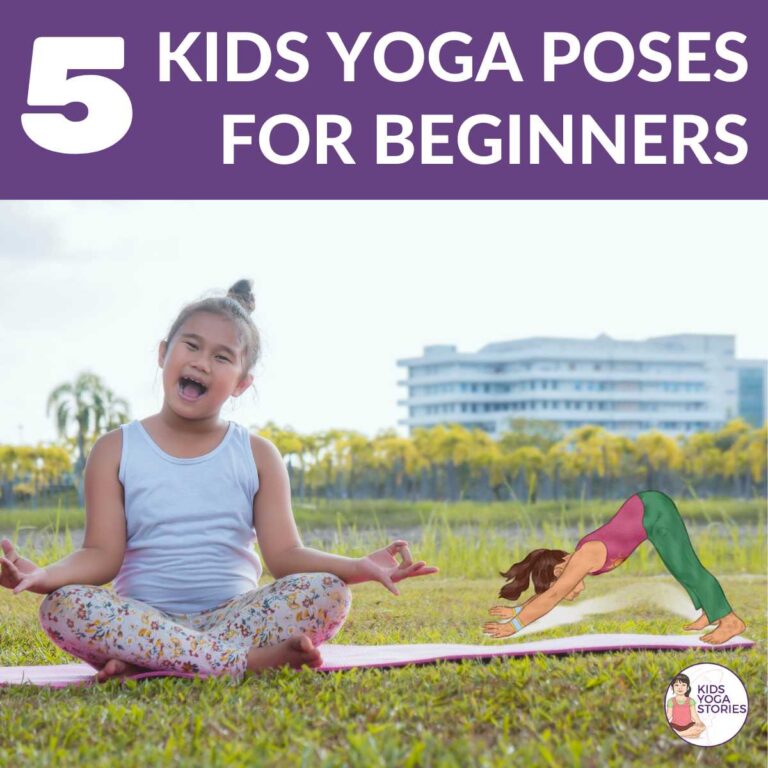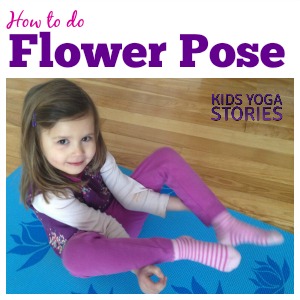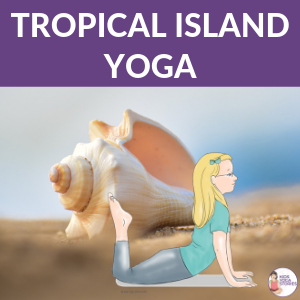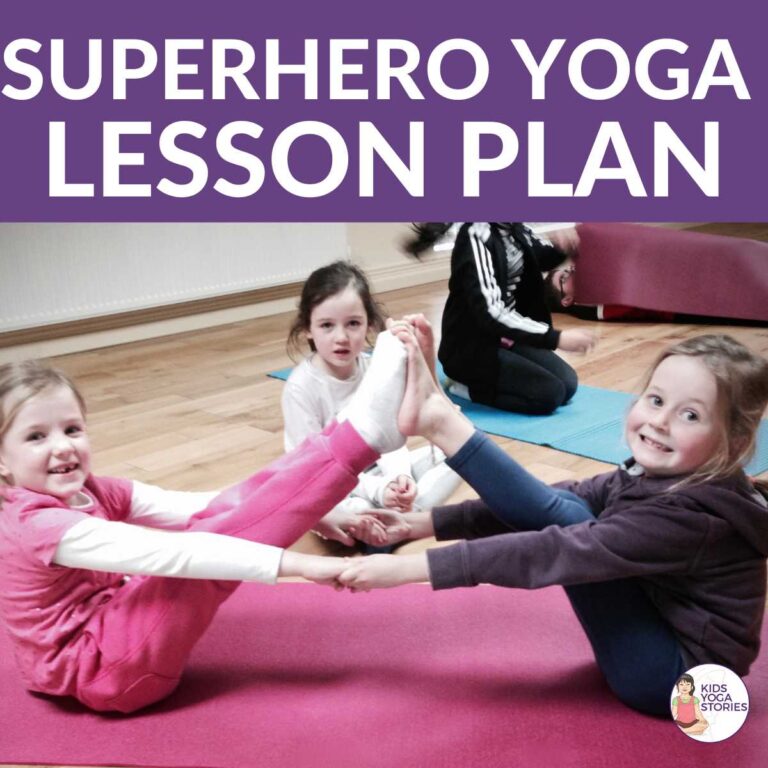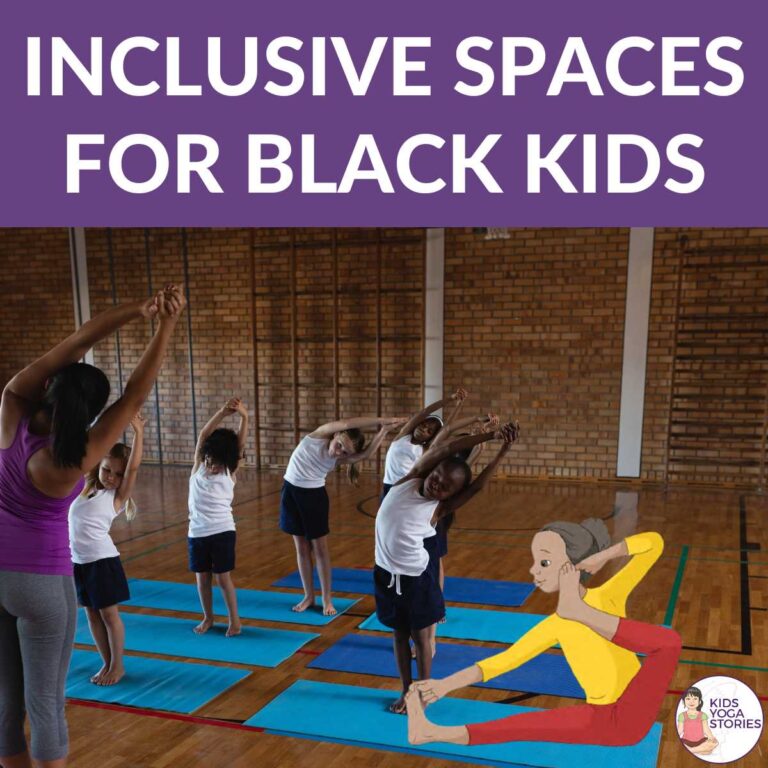5 Ways to Integrate Mindfulness for Middle School Students
A group of you in the KYS community have been asking for ideas on ways to introduce yoga and mindfulness practices to middle school-aged children. Since my experience and training is with primary-aged children, I asked Sandra to share how she has integrated yoga and mindfulness into her middle school guidance sessions. Please welcome Sandra – I’ve no doubt you’ll love her mindfulness for middle school ideas below:
5 Practical Ways to Integrate Mindfulness for Middle School Classrooms
I was introduced to the concept of yoga and mindfulness in the classroom by a high school social studies teacher, and with some practical tips and resources, it’s easily incorporated into middle school classrooms! These tips can also be adapted for at-home use for tweens, as well.
1. VISUALS
Posters are very helpful when incorporating mindfulness into the classroom. Ideas for posters include:
- Voluntary breathing tips and practices (e.g. Inhale, 1, 2, 3/Exhale, 3, 2, 1)
- Yoga poses for the classroom
- Pictures of tranquil places, such as the mountains, beach, etc.
DIY posters are another option for visuals. I put together some of my own posters and gave students opportunities to make posters of an assigned mindfulness technique or a tip to post on the wall and use in class. It could be a one-time activity or extra-credit assignment, which the classroom would then have as a resource for the school year. (See examples!)
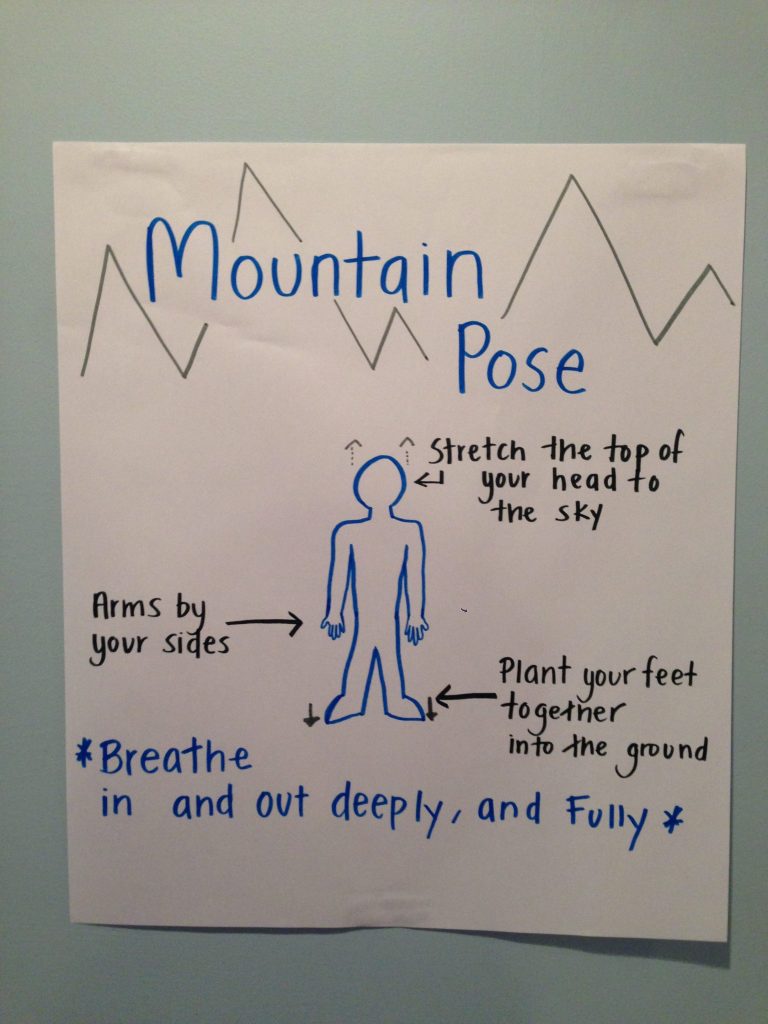
2. JOURNALING
Short writing prompts can be incorporated into a mindfulness journal. If your subject area already requires journaling, consider incorporating prompts that address feelings, gratitude, positive affirmations, or any other mindfulness topic. I like giving students the option to sketch and draw, as well, because writing is a source of stress for some students, and art can be a tool to manage stress.
Some examples of mindfulness journal prompts that students can describe and/or draw include:
- A calm and peaceful moment
- A feeling you would like to bring to class
- Something you are grateful for
As an extension, follow up with a visualization and breathing activity afterward (see Tip #3) or guided relaxation (see Tip #4).
3. QUICK VISUALIZATION
Ask students to close their eyes and visualize a calm and peaceful moment, a feeling that they would like to bring to class that day, something they are grateful for, or another visualization that they find calming. Then they should slowly inhale deeply, exhale fully, and open their eyes. If students do not feel comfortable closing their eyes, give them the option to look at the white board, posters of calm scenery, or their desktops.
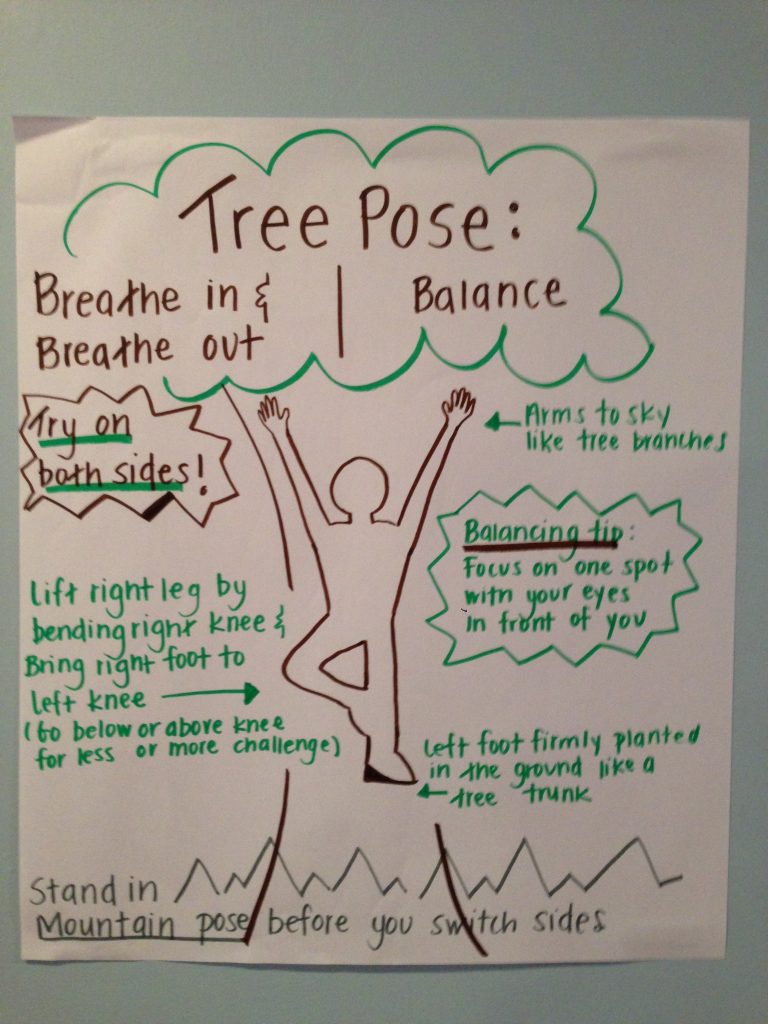
4. GUIDED RELAXATION
Guide students through voluntary breathing exercises to calm their thoughts and/or relax their muscles. Even just giving students a chance to relax their jaws and shoulders at their desks can relieve tension and stress! Consider reading a guided meditation script or finding a recorded guided relaxation. This is a great tool to use before or after a big assignment or during a stressful time of year.
5. YOGA IN THE CLASSROOM
Movement before a breathing exercise can help engage students at this age. A yoga poster or deck of yoga cards is a helpful resource for the classroom. Teachers may choose to introduce a weekly or monthly pose or a short sequence followed by a moment of relaxation. This might require a few extra minutes to introduce at the beginning of the week or month, but then it takes only a moment each day or week in class for students to practice the pose and quick relaxation. Earning extra classroom yoga time can also be used as an incentive!
Please note: Safety first! Choose poses that students can practice safely and comfortably in the space you have. Simple balance poses such as mountain or tree pose, chair poses, and voluntary breathing exercises can be done right at the desk. A short sequence of yoga poses could also be done in an open space in the classroom, if you have it.
FREE CALM CLASSROOM POSTERS
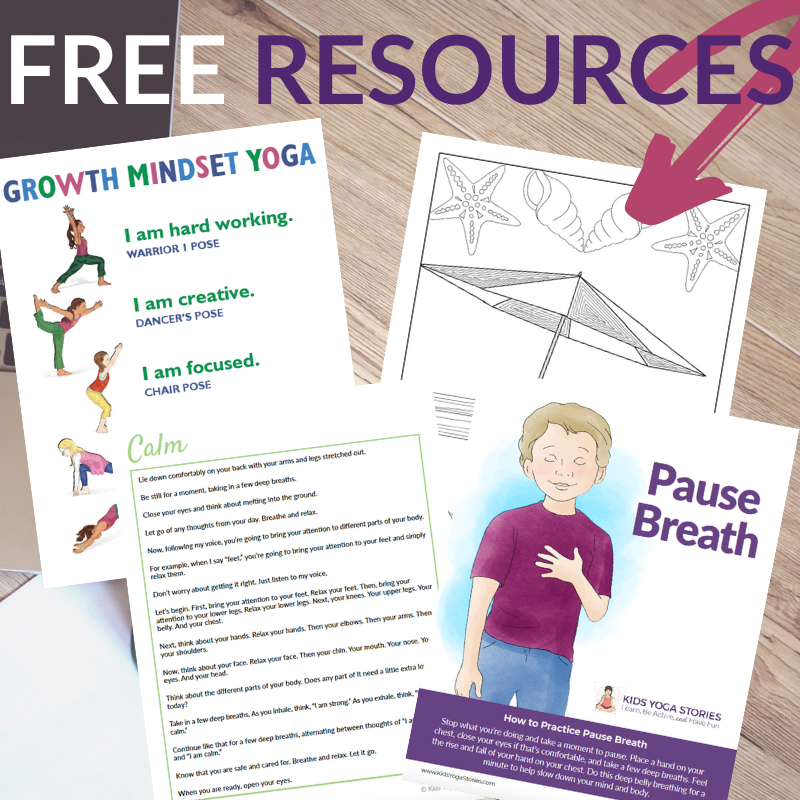
Bring the calming power of breath exercises to your classroom today!
Download these posters to share with your kids and as a little reminder for yourself to breathe!
Special considerations at the Middle School Level: Collaboration, Consistency & Classroom Management
COLLABORATION:
Incorporating yoga and mindfulness in the middle school classroom could certainly be a team, grade-wide, or school-wide approach. For example, one teacher who sees all the students, or perhaps each homeroom teacher, could incorporate mindfulness into the classroom. Check in with the Health and Guidance Department as a possible resource, as well! If your school has morning announcements or a morning show, this could be a good opportunity for a school-wide approach to mindfulness.
CONSISTENCY:
Consider a designated day or time in the classroom, or even time of year, to introduce mindfulness in the classroom and then follow up with the skills on a consistent basis (e.g. weekly, monthly, before big assignments). And as with any unit, collaborating with colleagues on your classroom approach to mindfulness will help with consistency, as well.
CLASSROOM MANAGEMENT:
As with all good teaching practices, especially in the middle school classroom, it will be important to give the students an objective and to set the expectations.
For example, a sample objective might be: Practice a voluntary breathing exercise to relieve stress or anxiety.
A sample expectation might be: All students are expected to participate or do a silent relaxation at their desk without disturbing or distracting others.
Of course, encourage all students to participate, but consider giving an alternative to students, such as doing a silent relaxation on their own or reading quietly.
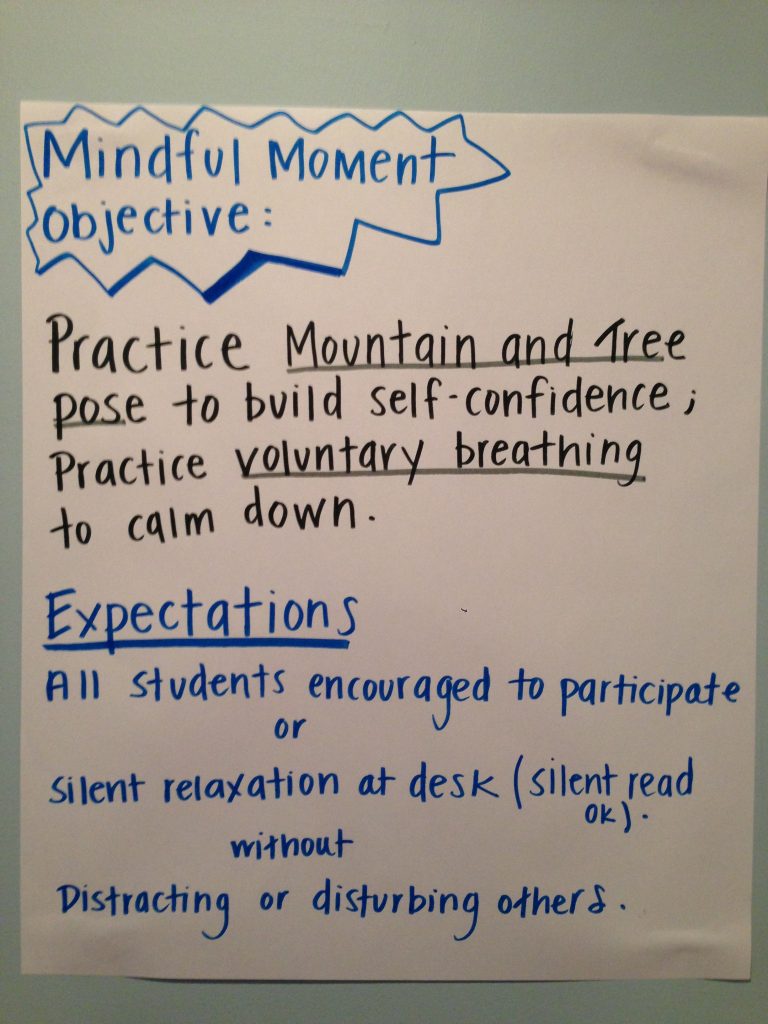
About the Author

As a middle school guidance counselor, Sandra Tichnor Greenblatt has experience integrating yoga and mindfulness into the classroom through teaching lessons and collaborating with teachers, as a tool to help students manage stress and anxiety. She lives in Boston with her husband and two little ones, who enjoy kids yoga through stories, movement, and music.
MAY WE SUGGEST…
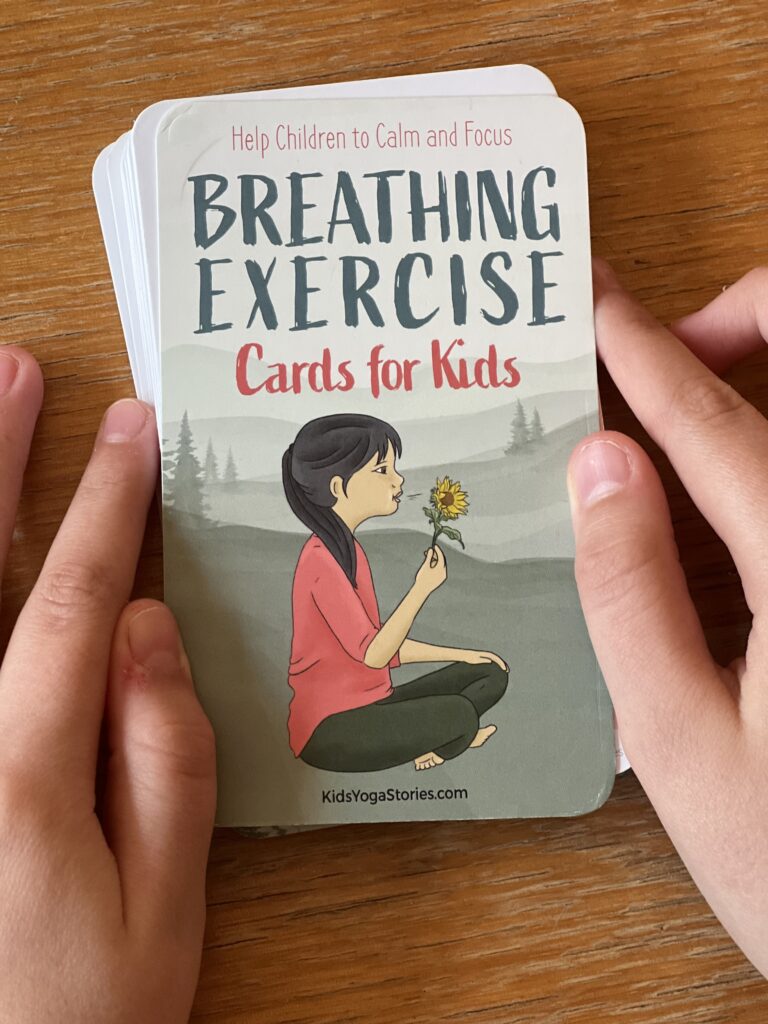
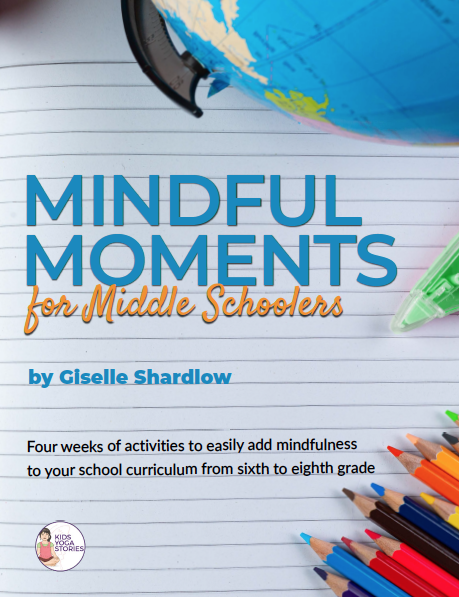
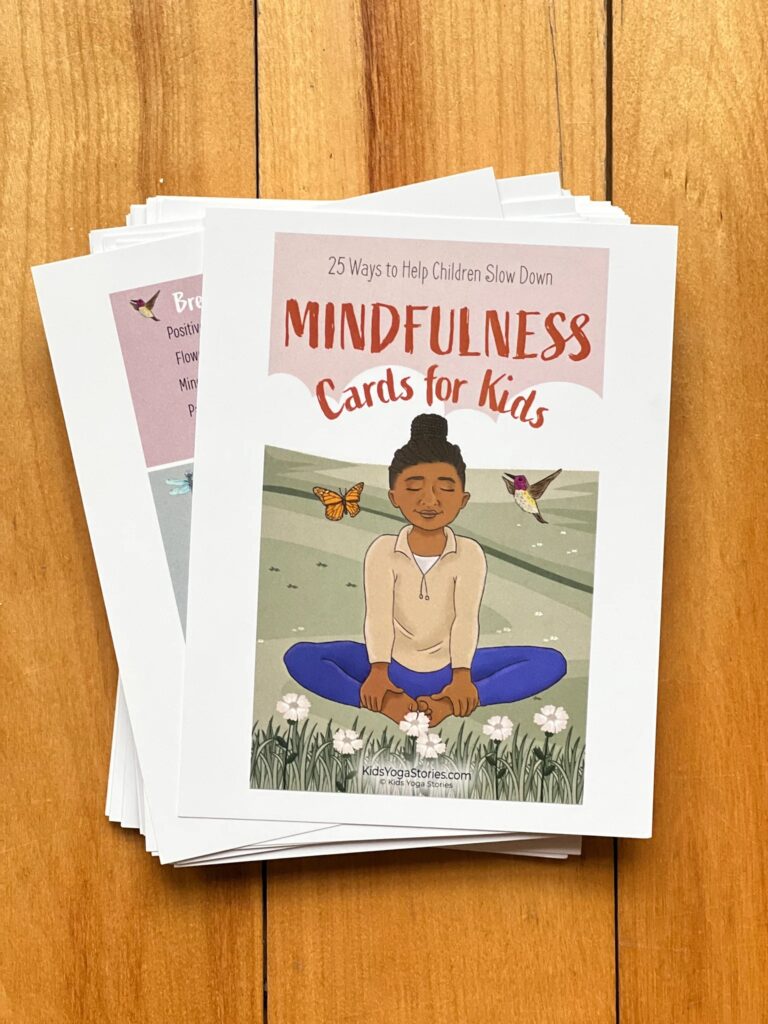
SAVE FOR LATER
